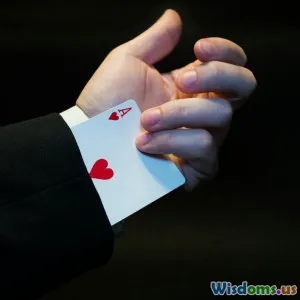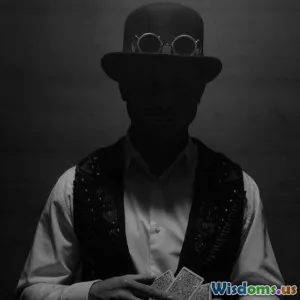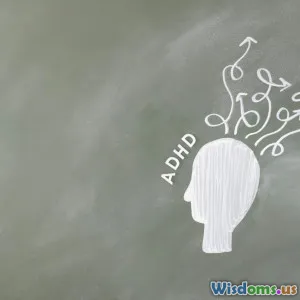
The Secrets Behind Stage Magic
6 min read Unveil the enchanting world of stage magic and its captivating secrets. (0 Reviews)
The Secrets Behind Stage Magic
Stage magic, often perceived as mere entertainment, is an intricate art that combines skill, psychology, and performance. It has been captivating audiences for centuries, transforming ordinary moments into extraordinary experiences. In this article, we will delve into the core elements that underpin the craft of stage magic, exploring the techniques, psychology, and the enduring allure behind this mesmerizing art form.
The Foundations of Stage Magic
At its core, stage magic is built upon the illusion of impossibility. Magicians utilize a variety of techniques, such as sleight of hand, misdirection, and props, to create experiences that defy logic. Each performance is meticulously crafted, often involving years of practice and refinement.
Sleight of Hand
One of the most well-known techniques in magic is sleight of hand. This involves the manual dexterity of the magician, allowing them to manipulate objects in a way that is undetectable to the audience. Classic examples include card tricks, coin tricks, and the vanishing of objects. Magicians like David Copperfield and Penn & Teller are celebrated for their exceptional skills in sleight of hand, often using it to create unforgettable moments on stage.
Misdirection
Misdirection is a fundamental principle in magic that plays with the audience's focus. By directing attention away from the method of the trick, magicians can create the illusion of magic. This can be achieved through verbal cues, visual distractions, or even the magician's own body language. Effective misdirection is crucial; it relies on the audience's willingness to be deceived, creating a shared experience of wonder and surprise.
The Role of Psychology
Understanding human psychology is essential for any magician. The way audiences perceive and interpret actions can significantly influence their experience of a trick. Magicians often employ psychological principles, such as suggestion and expectation, to enhance their performances.
Suggestion and Expectation
For instance, magicians might set up a trick by planting ideas in the audience's mind, leading them to anticipate a certain outcome. When the actual trick unfolds, the unexpected result amplifies the surprise. This interplay between expectation and reality is what fuels the magic, making it more impactful.
The Importance of Presentation
Beyond technical skills, the presentation of a magic act plays a pivotal role in its success. A magician's personality, storytelling ability, and stage presence can elevate a simple trick into a captivating performance.
Storytelling in Magic
Many successful magicians weave narratives into their acts, creating an emotional connection with the audience. By framing tricks within a story, they provide context and enhance the overall experience. For example, a magician might use a tale of loss and recovery to accompany a performance involving the disappearance and reappearance of an object, evoking empathy and engagement from the audience.
The Evolution of Stage Magic
Stage magic has evolved significantly over the years, influenced by cultural shifts, technological advancements, and changes in audience expectations. Modern magicians often incorporate multimedia elements, such as video projections and digital effects, to create a more immersive experience.
The Digital Age of Magic
In today's digital age, magicians like Dynamo and Derren Brown have embraced technology, using it to enhance their performances. The integration of apps, social media, and interactive elements has opened new avenues for magic, attracting younger audiences and keeping the art form relevant in a rapidly changing world.
Conclusion
The secrets behind stage magic are as varied as they are fascinating. From the mastery of sleight of hand to the psychological nuances of misdirection and storytelling, each aspect contributes to the magic we experience. As we continue to explore this captivating art form, we can appreciate not just the tricks themselves, but the creativity and skill that bring them to life. Whether as a performer or an audience member, understanding the intricacies of stage magic can deepen our appreciation for this timeless craft, reminding us of the wonder that lies at the intersection of reality and illusion.
Rate the Post
User Reviews
Popular Posts



















